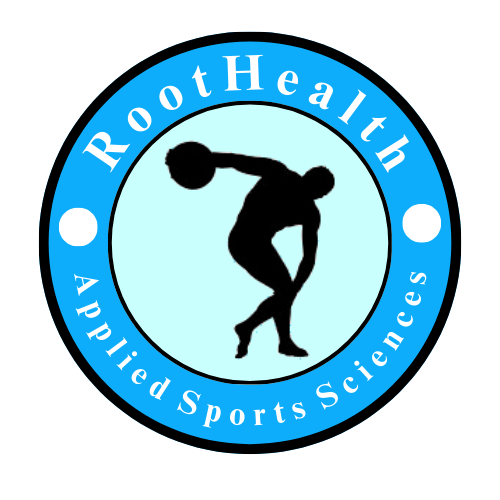RootHealth vs. Physical Therapy
A couple of stories here will best explain this question:
I began my career working with college and professional athletes. Helping athletes perform is a very holistic art. The demands of a sport are usually very complex and multifaceted across a wide variety of types of function (physiological qualities) in the body. This is where my primary core of education and experience is derived.
One of the places I’ve had the privilege to work and serve was in a spinal cord injury recovery training center. What we did was to try to help a person get more function from their body after an event that left them paralyzed. The real goal is to have everyone walk again. This is a very long process.
Typically, when one is paralyzed, they are for life. However, we were able to at least get more function and ability out of most of the clients that came there.
For instance, we had one client who had been injured at 1 year old and was a quadriplegic. His goal was to walk at graduation at 18. I held the walker and my colleague walked behind him with a wheel chair as he accepted his diploma….walking across the stage as a crowd went wild cheering him on! You’d think we were at one of the sporting events I had trained those athletes to perform at!
We persistently asked our clients why they did not use Physical Therapy. After all, most of us Kinesiologists were at a Master’s level of education while many of the Physical Therapists had an extra year over that.
The answer was always the same. The physical therapists would only work with the client to gain function ‘in their chair’. Contrastingly, the first thing we did was to take them ‘out of their chair’ and work their whole body. This is the way the nervous system functions! The physical therapists would NOT work on regaining function! They didn’t know how!
I worked in many physical therapy offices as a ‘continuation of care’ strength and conditioning specialist in order to carry on the care program after the patient was not prescribed further physical therapy. This continuation of care was much more holistic taking into account the integrated, inter-dependent nature of how human physiology actually works. While most of the therapists were aware of this, they had not been trained this way. Their skill level was inadequate for this approach or stage of the patient/client development process.
My master’s is in BioMedical Diagnostics. It really is a study of the healthcare system with diagnostics as the center piece. One thing I’ve learned is that when insurance is involved, there has to be an algebraic reason for the insurance to pay. This is an actuarial approach.
The big problem is that the human body does not work like that. That approach is suited for car insurance and fixing the car after. It is even appropriate for catastrophic medical events that have a fixed term of care. But it doesn’t work for perpetual long term health issues or chronic health issues.
Have you ever seen Breaking Bad? Remember when Hank gets paralyzed and a physical therapists comes by the house and gets him healed? That only happens in a cash based practice where insurance is not involved. Then the physical therapist may work more like we do.
So, the short answer is the traditional approach to Physical Therapy is made primarily for ‘short term’ acute injury at a singular location. The RootHealth approach is comprehensive, holistic, and gives a long term solution.
Never would I put down Physical Therapy. It is simply that we work differently as chronic conditions and human performance DEMANDS a different ‘zone of care’.

